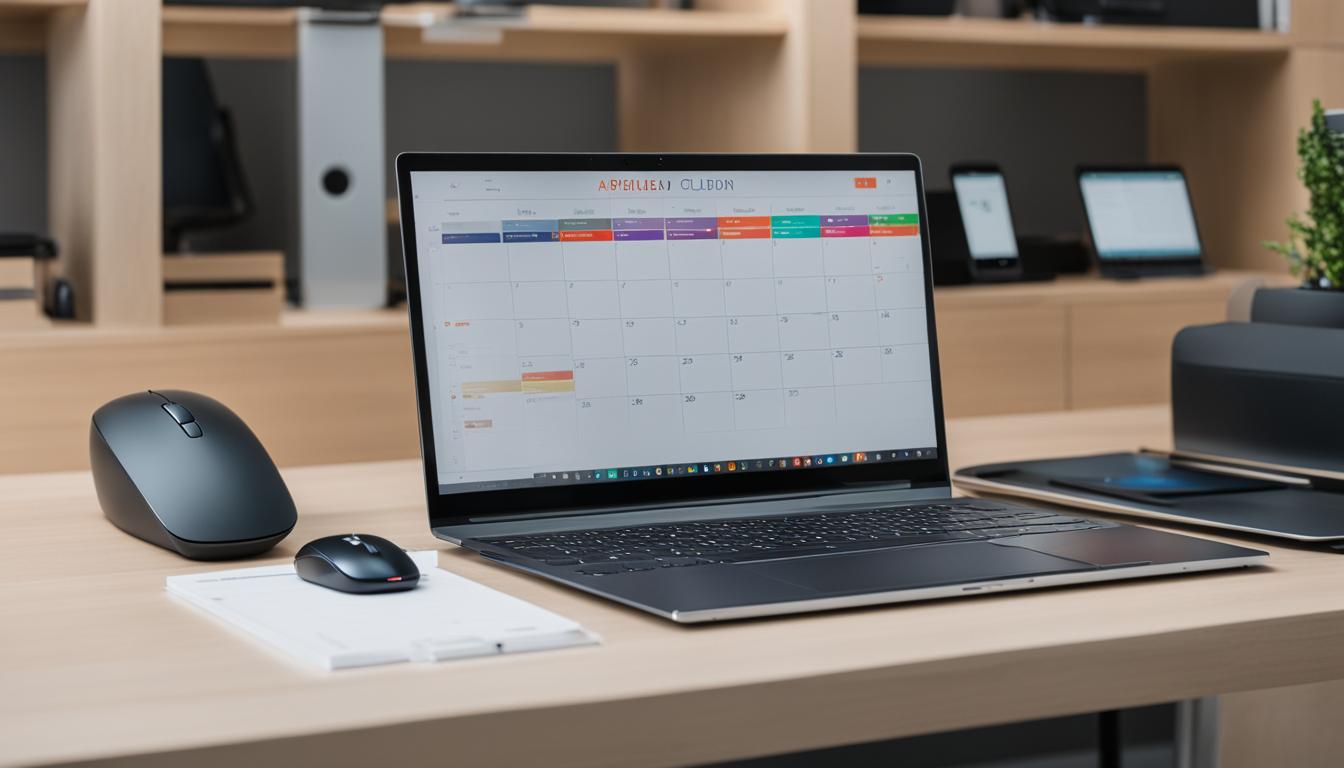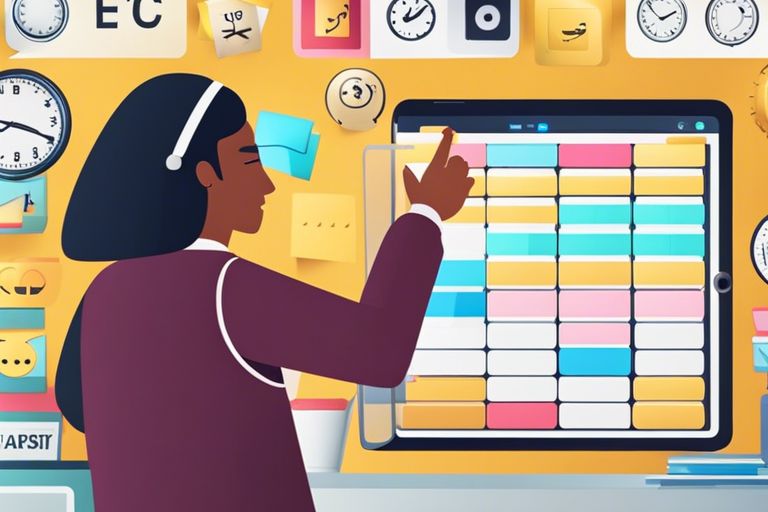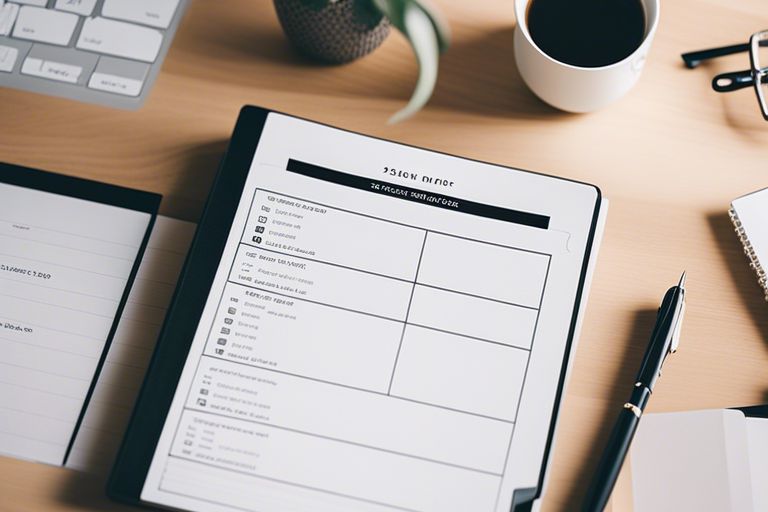Technology has become an indispensable part of our lives, revolutionizing the way we work and increasing productivity in the workplace. Whether you’re working remotely, managing a team, or handling various projects, the right technology can significantly boost efficiency and streamline tasks. In this guide, we will explore the power of technology in improving productivity, discover essential productivity tools, and discuss how technology is reshaping the way we work.
Automates and Systematizes Workflows and Processes
One of the key ways technology enhances productivity in the workplace is through the automation and systematization of workflows and processes. By leveraging business automation tools, organizations can streamline complex tasks and reduce the time spent on repetitive activities. This not only saves time but also reduces the potential for human error, resulting in improved efficiency.
Automating workflows and processes is essential for businesses looking to boost productivity and stay competitive in today’s fast-paced environment. Tools like HubSpot and Rippling allow businesses to collect and organize information, automate customer interactions, and manage crucial tasks such as employee payroll and benefits. By automating these processes, employees can focus on more strategic and revenue-generating activities, leading to increased productivity and business growth.
Business automation tools not only save time and reduce errors, but they also provide organizations with valuable insights into their operations. By analyzing data collected through automation, businesses can identify bottlenecks, inefficiencies, and areas for improvement. This allows them to make data-driven decisions and optimize their workflows, further enhancing productivity and overall performance.

Streamline Processes and Reduce Human Error
Streamlining processes through automation not only improves efficiency but also reduces the risk of human error. Manual tasks, such as data entry or document management, can be time-consuming and prone to mistakes. By automating these tasks, businesses can minimize errors and ensure accuracy.
Automation also creates a standardized and consistent workflow across the organization. This eliminates variations in how tasks are performed and ensures that everyone follows the same processes. Standardization simplifies training for new employees and allows for seamless collaboration between team members, further enhancing productivity.
Overall, automation and systematization of workflows and processes play a crucial role in boosting productivity within organizations. By implementing business automation tools and streamlining processes, businesses can save time, reduce errors, and empower employees to focus on high-value tasks that significantly impact the bottom line.
Keeps Lines of Communication Open
In today’s era of remote work, effective communication and collaboration are more important than ever. With the rise of cloud-based solutions and communication platforms, teams can stay connected and work together seamlessly, regardless of their physical location.
Cloud-based solutions, such as VoIP phone systems, provide a reliable and secure means of communication. With these systems, remote team members can make calls, send messages, and hold virtual meetings, ensuring that lines of communication remain open at all times.
Communication and collaboration platforms like Slack and Microsoft Teams offer a central hub where team members can chat, share files, and collaborate on projects. These platforms enable real-time communication, allowing team members to ask questions, provide updates, and share important information instantly.
Video conferencing apps, such as Zoom and Google Meet, have also become essential tools for remote teams. These platforms facilitate face-to-face communication, making it easier for team members to connect and collaborate effectively.

Enables More Strategic Planning and Time Management
Effective time management is a crucial element for boosting productivity and achieving success. Technology offers a range of tools and applications that can significantly enhance strategic planning and time management in both personal and professional settings. By utilizing calendar and scheduling applications, individuals and teams can efficiently organize their tasks, set priorities, and allocate time effectively.
Calendar and scheduling applications like Google Calendar provide a user-friendly interface to manage appointments, deadlines, and meetings. With features such as reminders and notifications, these applications help users stay on track and meet their commitments. Additionally, these tools allow for easy collaboration, enabling teams to schedule group activities and coordinate efforts seamlessly.
Time tracking tools are another valuable resource for improving time management. These applications allow individuals to monitor their work hours, track project progress, and identify areas where time could be better allocated. By gaining insights into their time usage, individuals can make informed decisions about resource allocation, improve productivity, and optimize their workflows.
The Key Benefits of Technology-Enabled Time Management:
1. Enhanced productivity: Using technology tools for time management increases efficiency and enables individuals to accomplish more in less time. By planning and allocating time effectively, individuals can reduce distractions, stay focused on their tasks, and accomplish their goals efficiently.
2. Strategic planning: Technology-enabled time management tools empower individuals and teams to strategically plan their activities. By setting clear goals, breaking them down into actionable tasks, and allocating time accordingly, individuals can ensure that their efforts align with their objectives and priorities.
3. Improved work-life balance: By optimizing time management practices through technology, individuals can create a better work-life balance. With effective planning, it becomes easier to allocate time for personal activities, hobbies, and relaxation, leading to increased well-being and overall satisfaction.

Simplifies Setting and Meeting Goals
Setting and achieving goals is a key aspect of productivity. Technology offers a range of productivity tools that simplify the goal-setting process and help individuals stay on track. Whether you’re a busy professional, a student, or a freelancer, there are various apps and platforms available to assist with goal management.
To-do list apps are a popular choice for organizing and prioritizing tasks. These apps allow you to create, edit, and categorize your to-do lists, set due dates, and receive reminders. Some popular options include Todoist, Any.do, and Microsoft To Do. By utilizing these apps, you can break down larger goals into smaller, actionable tasks, ensuring nothing falls through the cracks.
Goal tracking apps take goal setting a step further by providing visual charts, progress tracking, and reminders. They help you monitor your progress, evaluate your performance, and make adjustments as needed. Strides, Goals on Track, and Habitica are a few examples of goal tracking apps that can help you stay focused and motivated on your journey towards success.
By leveraging these productivity tools, individuals can simplify the process of setting and meeting goals. It’s important to find the right tools that align with your needs and preferences. Whether you prefer a simple to-do list app or a comprehensive goal tracker, these technological solutions can enhance your productivity and guide you towards accomplishing your goals.

Allows for Better Concentration
Choosing the right technology is crucial when it comes to enhancing concentration in the workplace. By selecting tools that align with your business processes and culture, you can create an environment that minimizes distractions and allows employees to focus on their core tasks. Whether it’s implementing noise-canceling headphones to block out background noise or utilizing project management software that promotes organized workflows, the right technology can significantly improve concentration levels.
One important consideration when choosing technology is to ensure it fits seamlessly into your existing business processes. Implementing complex systems that require extensive training can actually hinder concentration and productivity. Instead, opt for user-friendly applications that integrate well with your current workflows. By minimizing the learning curve and providing intuitive interfaces, you can empower employees to stay focused on their work.

Optimizing Your Tech Environment
In addition to choosing the right technology, it’s essential to optimize your physical work environment. Create designated spaces for focused work, free from distractions and interruptions. Consider implementing ergonomic furniture and adjustable lighting to promote comfort and reduce eyestrain. Encourage employees to take regular breaks and provide access to relaxation areas where they can recharge their energy.
Moreover, it’s important to foster a company culture that values concentration and respects employees’ need for uninterrupted work time. Establish guidelines for email and communication etiquette, encouraging individuals to consolidate their messages and avoid unnecessary interruptions. By setting clear expectations and promoting a culture of concentration, you can create an environment that supports productivity and focus.
FAQ
Q: How can technology help improve productivity?
A: Technology can help improve productivity by automating repetitive tasks, streamlining communication and collaboration, providing real-time data for decision-making, and enabling remote work.
Q: In what ways can technology increase productivity?
A: Technology can increase productivity by optimizing business processes, improving employee engagement, enhancing project management, and providing tools for better customer and employee interactions.
Q: What impact does technology have on business productivity?
A: Technology has made a significant impact on business productivity by enabling efficient workflows, data-driven insights, faster decision-making, and better resource management.
Q: How can new technology make us more productive?
A: New technology can make us more productive by introducing innovative tools for task management, data analysis, remote collaboration, and improved efficiency in various business operations.
Q: Can technology be used to improve customer and employee engagement?
A: Yes, technology can be used to improve customer and employee engagement by providing personalized experiences, better communication channels, and efficient support systems.
Q: What are some ways technology can boost productivity in a business?
A: Technology can boost productivity in a business by automating routine tasks, providing data analytics for informed decisions, enabling flexible work arrangements, and enhancing the overall efficiency of business operations.
Q: How does technology impact employee productivity?
A: Technology can impact employee productivity positively by offering tools for time management, skill development, remote work capabilities, and fostering a better work-life balance.
Q: How can technology improve business success?
A: Technology can improve business success by optimizing processes, fostering innovation, enabling data-driven strategies, enhancing customer experiences, and increasing operational efficiency.
Q: What role does technology play in improving business processes?
A: Technology plays a crucial role in improving business processes by providing automation, analytics, digitalization, and collaboration tools that streamline operations and optimize resource utilization.
Q: What are some ways technology can be used to increase employee productivity?
A: Technology can be used to increase employee productivity by offering training and development platforms, flexible work solutions, personalized performance tracking, and efficient communication channels.
Conclusion
Technology has undoubtedly revolutionized productivity in the workplace, offering a multitude of benefits. However, it’s essential to acknowledge both the pros and cons of technology in enhancing productivity.
On the positive side, technology allows for automation, streamlining workflows, and reducing human error. It facilitates seamless communication and collaboration through cloud-based solutions and video conferencing platforms, enabling remote teams to work effectively. With the help of calendar and scheduling applications, individuals can better manage their time, while goal-setting and tracking tools simplify prioritization and task management.
Nevertheless, it’s crucial to exercise caution and follow best practices when using technology for productivity. Distractions, overreliance, information overload, and potential health issues are challenges that need to be addressed. By establishing boundaries, using technology ethically, and maintaining human connection, individuals and businesses can mitigate these drawbacks.
Looking ahead, several trends will continue to shape the landscape of productivity-enhancing technology. Artificial intelligence, cloud computing, Internet of Things, augmented/virtual reality, and collaboration tools offer exciting possibilities for the future. Adapting to these advancements and staying informed about emerging technologies will be key to optimizing productivity in the years to come.








